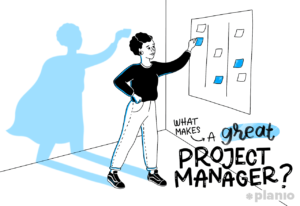Problem solving challenges test your critical thinking and analytical skills. They help you find effective solutions under pressure.
Problem-solving is a crucial skill in both personal and professional settings. It involves identifying issues, analyzing potential solutions, and implementing the most effective ones. Engaging in problem-solving challenges can significantly improve your ability to think critically and make quick decisions.
These challenges often simulate real-world scenarios, helping you prepare for unexpected obstacles. By practicing problem-solving, you enhance your creativity, resilience, and adaptability. This skill is highly valued in the workplace, as it leads to better decision-making and improved productivity. Developing strong problem-solving abilities can set you apart in your career and everyday life, enabling you to tackle issues with confidence and precision.

Credit: www.linkedin.com
Introduction To Problem Solving
Problem solving is a vital skill in life. It allows us to tackle challenges. We encounter problems daily. Some are simple, others complex. Learning how to solve problems is crucial. It involves a series of steps. Understanding each step helps us find solutions effectively.
Importance Of Critical Thinking
Critical thinking is essential in problem solving. It helps us analyze situations. We can identify the root cause of issues. This skill enables us to make informed decisions. Critical thinking involves reasoning and logic. It also includes questioning assumptions. By thinking critically, we can find better solutions.
Real-life Applications
Problem solving is useful in many areas. It applies to school, work, and personal life. Here are a few examples:
- School: Solving math problems, and understanding science experiments.
- Work: Addressing project challenges, and improving productivity.
- Personal life: Managing time, and resolving conflicts with friends.
Each situation requires a different approach. Understanding the problem is the first step. Then, we can brainstorm possible solutions. Finally, we test and refine our solutions. This process helps us improve our problem-solving skills over time.

Credit: www.create-learn.us
Identifying The Problem
Identifying the problem is the first step in solving any challenge. Knowing what the problem is helps to find the right solution. This process requires careful thought and attention to detail.
Common Pitfalls
While identifying the problem, people often make mistakes. Here are some common pitfalls:
- Assuming the problem without proper analysis
- Overlooking key details
- Focusing on symptoms rather than the root cause
- Letting bias cloud judgment
- Ignoring feedback from others
Effective Techniques
Using the right methods can help in identifying the problem accurately. Here are some effective techniques:
- Ask clarifying questions to get more details
- Use the 5 Whys technique to find the root cause
- Create a mind map to visualize the problem
- Gather feedback from team members
- Break down the problem into smaller parts
| Common Pitfalls | Effective Techniques |
|---|---|
| Assuming without analysis | Ask clarifying questions |
| Overlooking key details | Use the 5 Whys technique |
| Focusing on symptoms | Create a mind map |
| Letting bias cloud judgment | Gather feedback from team |
| Ignoring feedback | Break down the problem |
Analyzing The Problem
Analyzing the problem is the first step in solving any issue. It helps you understand the problem’s nature and find the best solution. Let’s explore some ways to analyze problems effectively.
Breaking Down Complexity
Complex problems can feel overwhelming. Breaking them down into smaller parts makes them easier to handle. Follow these steps:
- Identify the main problem: Know what you are dealing with.
- Divide the problem: Split it into smaller tasks.
- Assign priorities: Focus on the most critical parts first.
- Work systematically: Solve each small task one by one.
Breaking down problems helps you see the bigger picture. It makes the problem less intimidating and more manageable.
Using Analytical Tools
Analytical tools are essential for understanding problems better. Here are a few popular tools:
| Tool | Purpose |
|---|---|
| SWOT Analysis | Identifies strengths, weaknesses, opportunities, and threats. |
| Fishbone Diagram | Finds root causes of problems. |
| Flowcharts | Visualizes processes and helps spot issues. |
These tools help you analyze problems from different angles. They provide clear insights and guide you toward solutions.

Credit: www.onethreadapp.com
Generating Solutions
Generating solutions is a crucial step in problem-solving challenges. It involves brainstorming, evaluating, and refining ideas to find the best possible answers. This section will explore creative thinking methods and the process of evaluating feasibility.
Creative Thinking Methods
Creative thinking methods help generate a wide range of ideas. Here are some effective techniques:
- Brainstorming: Gather a group and list all ideas without judging them.
- Mind Mapping: Create a visual map linking related ideas and concepts.
- SCAMPER Technique: Substitute, Combine, Adapt, Modify, Put to another use, Eliminate, and Reverse ideas.
- Role Playing: Think from different perspectives to generate diverse solutions.
These methods encourage thinking outside the box and discovering innovative solutions.
Evaluating Feasibility
After generating ideas, the next step is evaluating their feasibility. This process involves assessing the practicality and potential success of each solution. Consider the following criteria:
| Criteria | Description |
|---|---|
| Cost | Assess the financial implications of the solution. |
| Time | Determine the time required to implement the solution. |
| Resources | Evaluate the availability of necessary resources. |
| Impact | Consider the potential positive and negative effects. |
| Scalability | Check if the solution can be scaled if needed. |
Evaluating these criteria helps in selecting the most viable solution. It ensures the chosen solution is practical and effective.
Decision Making
Decision-making is a crucial part of problem solving. It involves choosing the best path from various options. This process helps in achieving goals efficiently. Making decisions can be tricky but essential for success.
Weighing Options
Weighing options is the first step in decision-making. You must consider all possible choices. Make a list of options available. Evaluate each option based on its pros and cons. This helps in understanding the benefits and drawbacks.
Use a simple table to compare options:
| Option | Pros | Cons |
|---|---|---|
| Option 1 | Easy to implement | May cost more |
| Option 2 | Low cost | Time-consuming |
Risk Assessment
Risk assessment is another key aspect of decision-making. Identify potential risks for each option. Understand how these risks can impact your goals. This helps in making informed decisions.
Follow these steps for effective risk assessment:
- Identify risks associated with each option.
- Evaluate the severity of each risk.
- Prioritize risks based on their impact.
This process will ensure you are well-prepared for any challenges.
Remember, weighing options and risk assessment are critical. They help in making the best decisions for problem solving.
Implementing Solutions
Implementing solutions is a crucial part of problem solving. It involves taking actionable steps to address the problem. This stage requires careful planning and monitoring to ensure success.
Action Plan Development
Developing an action plan is the first step. This plan should outline specific tasks. Each task needs to be clear and achievable.
- Define the problem clearly.
- Identify the resources needed.
- Assign tasks to team members.
- Set deadlines for each task.
Use a table to organize your action plan:
| Task | Assigned To | Deadline |
|---|---|---|
| Research the problem | Jane | 2023-10-15 |
| Develop a solution | John | 2023-10-20 |
| Test the solution | Mary | 2023-10-25 |
Monitoring Progress
Monitoring progress is vital to ensure the plan stays on track. Regular check-ins help identify any issues early.
- Hold weekly meetings to review progress.
- Use project management tools.
- Update the team on any changes.
Document progress in a shared platform. This keeps everyone informed.
Include milestones to celebrate small wins. This keeps the team motivated.
Evaluating Outcomes
Evaluating outcomes is crucial in problem-solving challenges. It helps understand what worked and what didn’t. This section delves into key aspects like success metrics and learning from failures.
Success Metrics
Tracking success metrics is vital. They help measure the effectiveness of solutions.
- Efficiency: How quickly was the problem solved?
- Cost: Did the solution save money?
- Quality: Was the outcome satisfactory?
Using these metrics ensures a clear understanding of success. It helps in improving future problem-solving strategies.
Learning From Failures
Failures offer valuable lessons. They highlight what needs improvement.
- Identify Mistakes: What went wrong?
- Analyze Causes: Why did it happen?
- Implement Changes: How can it be fixed?
Learning from failures enhances problem-solving skills. It ensures better outcomes in future challenges.
Enhancing Critical Thinking
Enhancing Critical Thinking is essential for effective problem solving. It helps break down complex issues into manageable parts. This skill is crucial in various aspects of life and work.
Continuous Improvement
Continuous improvement enhances critical thinking significantly. It involves regularly evaluating and refining your problem-solving methods. This ongoing process helps identify better solutions. A few ways to practice continuous improvement include:
- Reviewing past problems and solutions
- Seeking feedback from peers and mentors
- Staying updated with new problem-solving techniques
Incorporate these practices into your routine. Over time, you will notice a significant improvement in your critical thinking abilities.
Practical Exercises
Engaging in practical exercises can sharpen your critical thinking skills. These exercises simulate real-life problem-solving scenarios. Here are a few practical exercises to consider:
- Brain Teasers: Solve puzzles and riddles to challenge your mind.
- Case Studies: Analyze real-world problems and propose solutions.
- Group Discussions: Collaborate with others to solve problems.
Each exercise targets different aspects of critical thinking. Regular practice will help you become a more effective problem solver.
Frequently Asked Questions
What Are Problem Solving Challenges?
Problem solving challenges are tasks designed to improve critical thinking and analytical skills. They often involve puzzles, logic problems, and scenario-based questions.
Why Are Problem Solving Challenges Important?
Problem solving challenges enhance cognitive abilities, improve decision-making skills, and foster creativity. They help in personal and professional growth by building resilience and adaptability.
How To Prepare For Problem Solving Challenges?
To prepare, practice different types of puzzles, study logical reasoning, and engage in brain-training games. Regular practice enhances problem-solving skills.
Where Can I Find Problem Solving Challenges?
You can find them in books, online platforms, and educational apps. Websites like Khan Academy, Lumosity, and Brilliant offer various challenges.
Conclusion
Mastering problem-solving challenges can boost your skills and confidence. Practice regularly to sharpen your abilities. Embrace each challenge as an opportunity to learn and grow. Remember, persistence and creativity are key. Keep pushing your limits and watch your problem-solving skills soar.





